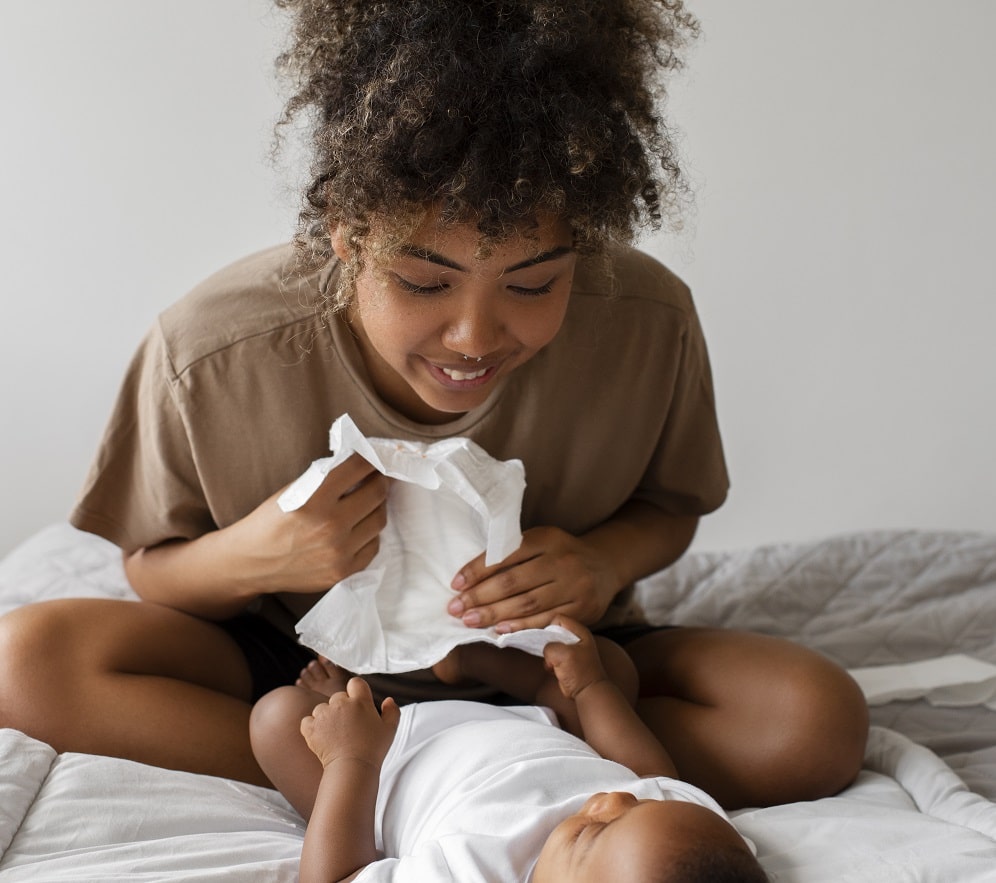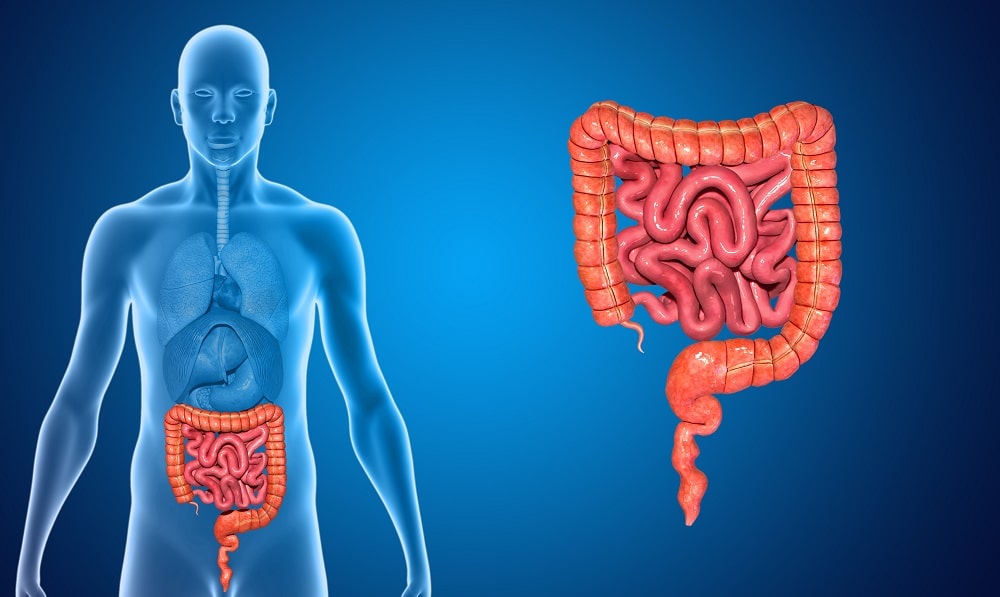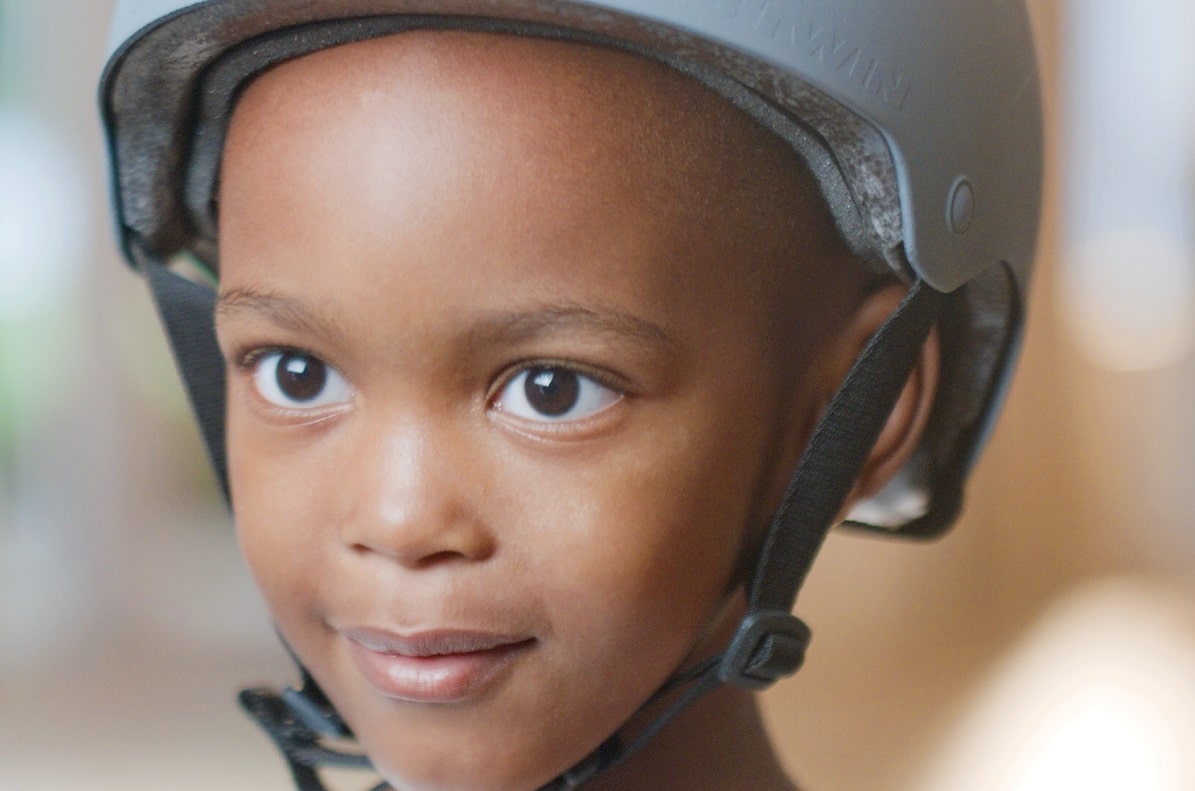Antibiotic Related Diarrhoea

Probiotics (from pro and biota, meaning “for life”) are made of good live bacteria and/or yeasts that naturally live in the body.3
Although people often think of bacteria and other microorganisms as harmful “germs,” many are helpful. Some bacteria help digest food, destroy disease-causing cells, or produce vitamins. Many of the microorganisms in probiotic products are the same as or similar to microorganisms that naturally live in our bodies.4
Probiotics are part of a larger picture concerning bacteria and the body called the microbiome.3
The microbiome is a diverse community of organisms that work together to keep the body healthy. This community is made up of microorganisms which are a combination of bacteria, fungi, viruses, and protozoa.3,5 Microbiota is the unique combination of microorganisms that exist in a specific environment, for example, the gut.3,5 Gut microbiota is vital for the normal development and functioning of the human body5
Probiotics are made of both bacteria and yeast. Common probiotic bacteria can include lactobacillus and bifidobacterium. The most common yeast found in probiotics is Saccharomyces boulardi (S. boulardii)3 which appears to help fight diarrhoea and other digestive problems.6

Overview
Antibiotics are medicines used to prevent and treat bacterial infections7 and diarrhoea is one of the most common side effects associated with their treatment8,9. A number of antibiotics can cause diarrhoea in both children and adults8
Antibiotics may cause gut microbiota dysbiosis (imbalance) and lead to antibiotic associated diarrhoea (AAD).5,10 Antibiotic associated diarrhoea refers to passing loose, watery stools three or more times a day after taking antibiotics11 and occurs in 5 to 39% of cases.1
Antibiotics are among the most commonly prescribed drug for children.12 Children are especially vulnerable to dehydration due to diarrhoea and can quickly become very sick.13 The increase in the use of antibiotics in recent years suggests that these problems are likely to become more acute or more prevalent in the future.5
Probiotics, commonly used to control antibiotic associated diarrhoea, are live non pathogenic bacteria that can survive in the human gut and help restore microbiota eubiosis (microbial balance).14
S. boulardii is used for the prevention and treatment of diarrhoea and supports the faster re-establishment of a healthy microbiome and the regeneration of the intestinal microbiota after antibiotic therapy.2
Studies show S.boulardii was well accepted and tolerated by children and there were no reports of any side effects.14
Causes and risk factors
One in five children who take antibiotics will develop diarrhoea. It is more common in children aged under two years and can occur with any type of antibiotic. For most children, antibiotic-associated diarrhoea is mild.15
One of the main complications of antibiotic-associated diarrhoea is dehydration. This is more likely to occur in babies less than 12 months old. In diarrhoea, there is excess loss of water, electrolytes (sodium, potassium, and bicarbonate) and zinc in liquid stools.16 If your child loses a lot of fluid, make sure they drink enough liquid to replace them.15
Although rare, another complication of antibiotic use is inflammation (pain or swelling) of the large intestine. Signs of inflammation include15:
- Severe diarrhoea that may contain blood or mucus
- Fever
- Stomach pain
- Extreme weakness
Signs and symptoms
If a child has antibiotic associated diarrhoea, they will have loose or watery stools while taking antibiotics. Most times, the diarrhoea lasts between one and seven days and can start between the second and eighth day of taking an antibiotic. However, diarrhoea may last until a few weeks after your child finishes the antibiotics.15
Signs of some dehydration or severe dehydration in children with diarrhoea16:
- Restlessness or irritability
- Lethargy or reduced level of consciousness
- Sunken eyes
- Skin pinch returns slowly or very slowly
- Thirsty or drinks eagerly or poorly or not able to drink.
Diagnosis - when to see a doctor
Call your doctor right away if you have serious signs and symptoms of antibiotic-associated diarrhoea.
- Severe diarrhoea
- A new fever
- Blood in the stool
- Is very tired and not drinking liquids such as water.
- Is showing signs of dehydration, such as less urine, crankiness, fatigue, and dry mouth.
If the diarrhoea is severe, your child may need to change antibiotics.15
Impact on quality of life
Because the microbiota is underdeveloped and more susceptible to disturbances during infancy, antibiotic exposures at the youngest ages may have the largest impact on the microbiota, and correspondingly on diarrhoeal risk.17
Antibiotics are widely prescribed to children in primary care and hospital settings. Diarrhoea is the most common adverse drug reaction (ADR) associated with antibiotics18. In addition to extra costs, parents of hospitalised infants and children may experience considerable emotional distress19
Treatment
If your child’s diarrhoea is mild and your child is otherwise well, continue the antibiotics and care for your child at home.15
- Keep your child hydrated, offer your child water often.15
- Avoid serving certain foods like:
- Fruit juice
- Fatty foods that are fried, greasy or covered in gravy.
- Soft drinks
- Dairy products such as milk, cheese, and ice cream. Probiotic-rich yoghurt may be the one exception to this rule, as some studies have shown probiotics help rebalance intestinal flora and could shorten the duration of a bout of diarrhoea.20
- Treat nappy rash. If diarrhoea causes a rash around your child’s anus or nappy area: wash the area gently with water and pat it dry. Cover the area with a layer of petroleum jelly, zinc-based cream, or other nappy rash cream.15
Probiotics play an important role in preventing antibiotic associated diarrhoea in children21 and have been shown to reduce days of diarrhoea caused by antibiotics and viral gastroenteritis in children.22
S. boulardii and Lactobacillus rhamnosus GG are two probiotics that are effective in preventing paediatric antibiotic associated diarrhoea when co administered with antibiotics.23
S. boulardii is safe and has clear beneficial effects in children who have antibiotic associated diarrhoea.

Prevention and lifestyle changes
To help prevent antibiotic-associated diarrhoea in your child, try to:
- Give antibiotics only when necessary. Don’t use antibiotics unless your doctor feels they’re necessary. Antibiotics can treat bacterial infections, but they won’t help viral infections, such as colds and flu.
- Ask caregivers to wash their hands. If your child is receiving care at home or the hospital, ask everyone to wash his or her hands or use an alcohol-based hand sanitizer before touching them.
- Tell your doctor if your child has had antibiotic-associated diarrhoea or Clostridium difficile (C. difficile) before. Having antibiotic-associated diarrhoea once or C. difficile in the past increases the chance that antibiotics will cause that same reaction again. Your doctor may be able to select a different antibiotic for your child.11
INTEFLORA 250 (Saccharomyces boulardii CNCM I-745)

INTEFLORA 250 is a antidiarrhoeal probiotic containing a living yeast, Saccharomyces boulardii CNCM I-745, which is used for the treatment and prevention of Antibiotic-associated diarrhoea, Non-specific diarrhoea, thrush, colitis. It is suitable for the whole family.
S. boulardii helps protect the intestinal lining from harmful bacteria and enhances non-specific immune defences against bacterial or fungal invasions. These actions re-establish the equilibrium of the gastrointestinal ecosystem and so reduce diarrhoea.
S. boulardii also synthesizes and supplies vitamin B components within the gastrointestinal tract. This yeast is genetically resistant to antibacterial agents and can be taken in conjunction with antibiotics to prevent diarrhoea.

Last reviewed : 5 May 2024
Related Brochures


